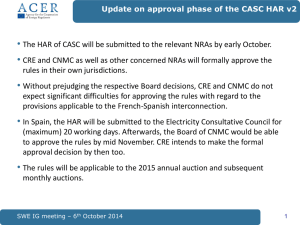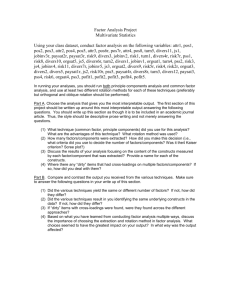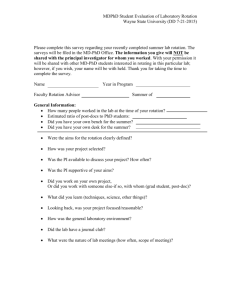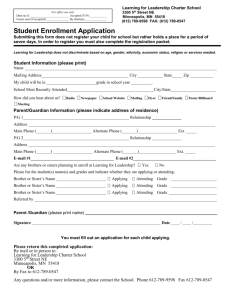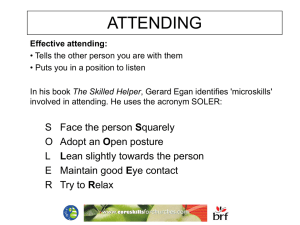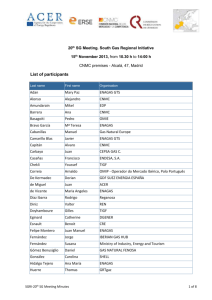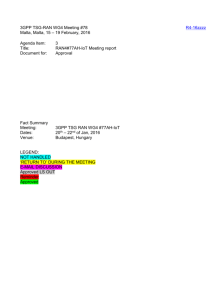children`s hospital national medical center emergency
advertisement
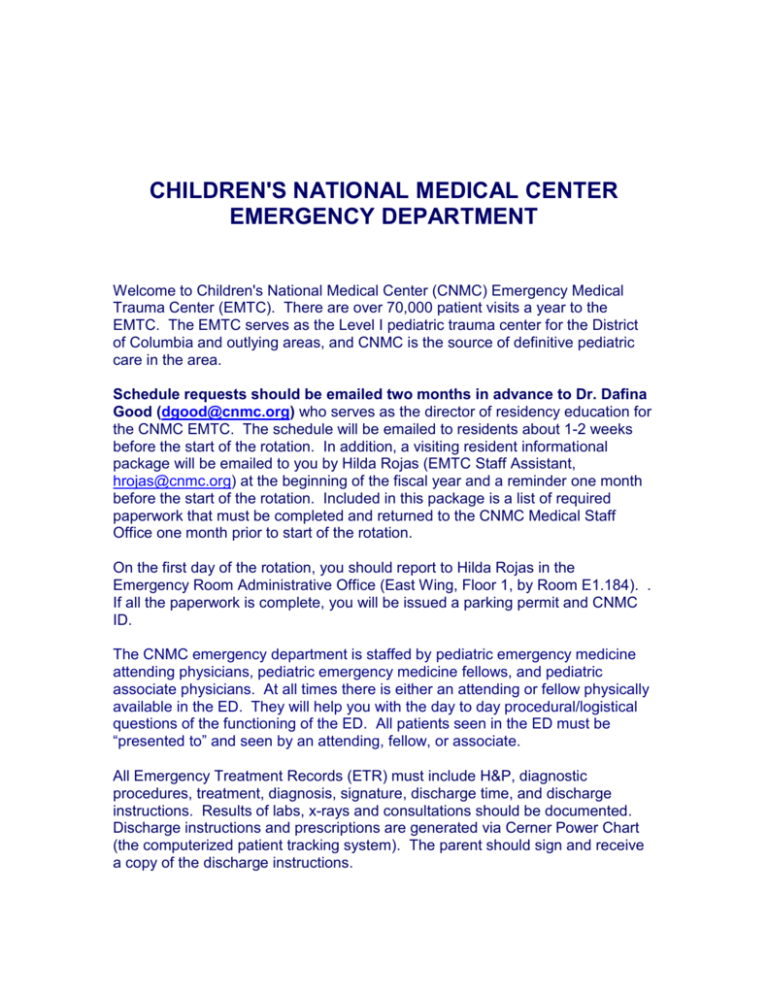
CHILDREN'S NATIONAL MEDICAL CENTER EMERGENCY DEPARTMENT Welcome to Children's National Medical Center (CNMC) Emergency Medical Trauma Center (EMTC). There are over 70,000 patient visits a year to the EMTC. The EMTC serves as the Level I pediatric trauma center for the District of Columbia and outlying areas, and CNMC is the source of definitive pediatric care in the area. Schedule requests should be emailed two months in advance to Dr. Dafina Good (dgood@cnmc.org) who serves as the director of residency education for the CNMC EMTC. The schedule will be emailed to residents about 1-2 weeks before the start of the rotation. In addition, a visiting resident informational package will be emailed to you by Hilda Rojas (EMTC Staff Assistant, hrojas@cnmc.org) at the beginning of the fiscal year and a reminder one month before the start of the rotation. Included in this package is a list of required paperwork that must be completed and returned to the CNMC Medical Staff Office one month prior to start of the rotation. On the first day of the rotation, you should report to Hilda Rojas in the Emergency Room Administrative Office (East Wing, Floor 1, by Room E1.184). . If all the paperwork is complete, you will be issued a parking permit and CNMC ID. The CNMC emergency department is staffed by pediatric emergency medicine attending physicians, pediatric emergency medicine fellows, and pediatric associate physicians. At all times there is either an attending or fellow physically available in the ED. They will help you with the day to day procedural/logistical questions of the functioning of the ED. All patients seen in the ED must be “presented to” and seen by an attending, fellow, or associate. All Emergency Treatment Records (ETR) must include H&P, diagnostic procedures, treatment, diagnosis, signature, discharge time, and discharge instructions. Results of labs, x-rays and consultations should be documented. Discharge instructions and prescriptions are generated via Cerner Power Chart (the computerized patient tracking system). The parent should sign and receive a copy of the discharge instructions. Please take note the EMTC referral sheet and contact referring physicians for all admissions and when requested. Patients requiring follow-up should be seen by their PCP, HMO or CNMC clinic as appropriate. If necessary they can be seen in the ED for the return visit on weekends. Patient care should be as efficient as possible. Patients should not be retained in ED more than 4 hours. If there are extenuating circumstances that delay the patient disposition, contact the attending/fellow/associate, and inform the charge nurse. If it is thought that a patient is either physically or sexually abused, the Child Protection Worker must be contacted. It is also best to discuss the patient with the attending/fellow/associate. Laboratory specimens for ASA patients are handled through the legal "Chain of Command" process. Pelvic examinations require the presence of a female staff member. Permission should be obtained from the parent/guardian. Written consent from parents must be obtained for lumbar punctures and for procedural sedation/analgesia. The admission procedure requires several steps. Ask the attending for assistance in contacting the appropriate accepting inpatient attending for medical (i.e., non-surgical) admissions and the appropriate admitting resident. Most importantly, it is the ED’s responsibility to establish the patient management plan with the admitting attending. When you speak to the attending regarding admission you need to be prepared to discuss specific plans for the patients. Be sure to ask about medications (e.g. exactly which antibiotics and how often) and special studies for the morning. When you call the admitting resident, you will need to communicate the accepting attending’s specific plans for the patient. The entire CNMC staff hopes your rotation will be both educational and enjoyable. If there are any problems or questions, please contact Dr. Badaki (obadaki@cnmc.org). Your evaluation of the rotation and attendings you’ve worked with would be greatly appreciated. Goals and objectives for this rotation can be found in the Orientation Book that you will be given at the start of your CNMC rotation. You will be evaluated by Dr. Badaki at the completion of your rotation. Please remember to hand out the end-of-shift trainee evaluation cards to ED faculty members (attendings, fellows and associates) that you work with to facilitate compilation of your summary evaluation.
